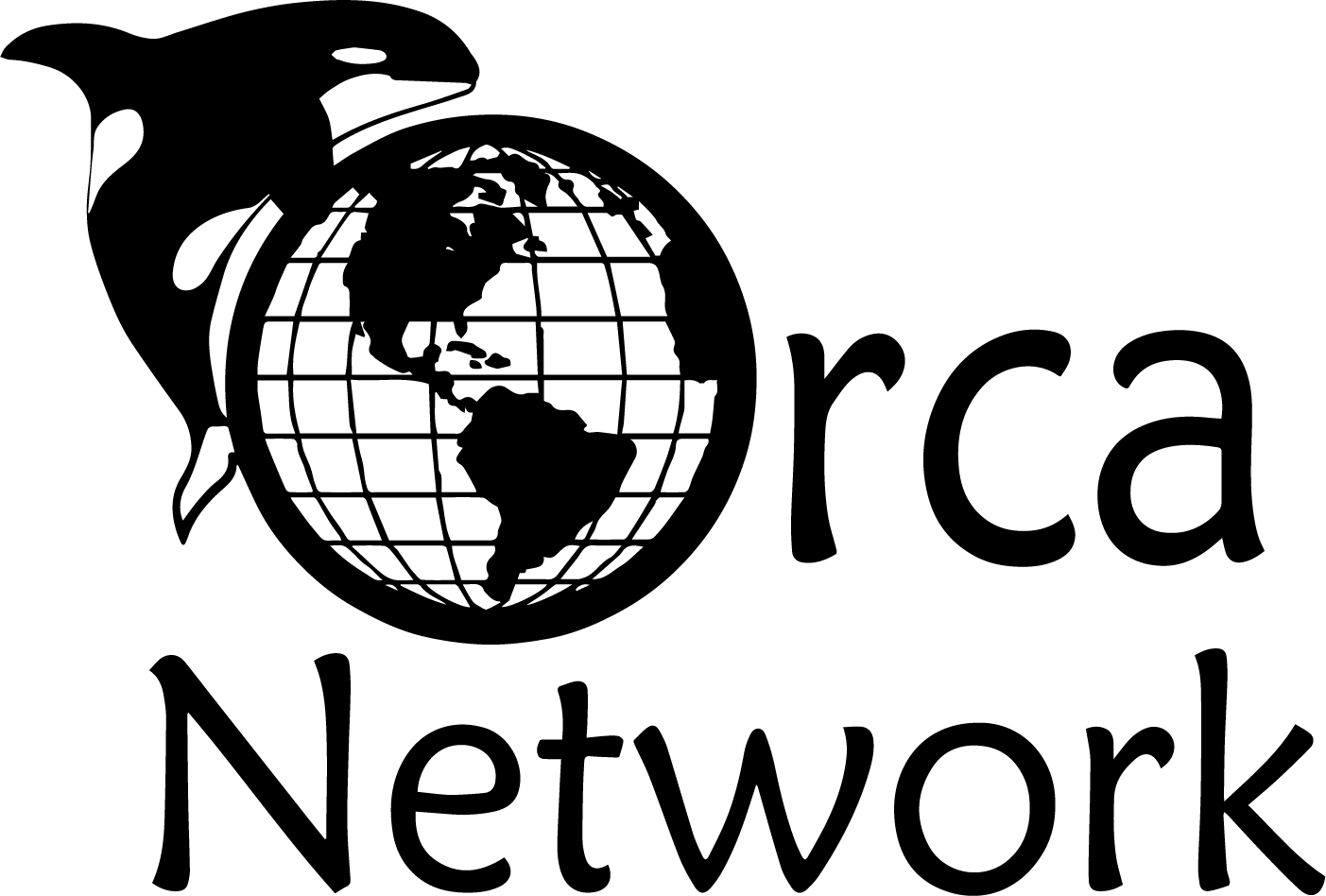17 Days of Action
J35 (Tahlequah) with her calf J57 (Phoenix) Male, born September, 2020.
On July 24th, 2018, an orca calf was born. She was a female, one so desperately needed in the endangered Southern Resident orca community. Sadly, this little calf didn’t survive long, and her anguished mother spent the next 17 days carrying her lifeless body in what came to be known as a “Tour of Grief”.
We all remember the heartbreaking images and the empathy we felt for J35 Tahlequah’s loss. It was our loss as well; a reminder of the Southern Residents’ daily struggle to survive and a realization that if significant changes aren’t made, we could lose these orcas we know and love like family. Tahlequah’s grief was seen around the world, and in some ways she accomplished more successful outreach in 17 days than we humans have achieved in over 20 years. So, what has changed since that tragic time four years ago, and what steps have been made to protect the lives of Tahlequah and her family?
· The Tour of Grief began during Governor Inslee’s Southern Resident Orca Task Force and led to a call for bold action. Ultimately, the Task Force created 49 recommendations for orca recovery which led to several pieces of legislation and millions of dollars in funding. https://www.governor.wa.gov/issues/issues/energy-environment/southern-resident-orca-recovery/task-force
· Washington State now has an Orca Recovery Coordinator, a brand-new position that was created as a result of the Task Force. https://www.orca.wa.gov/
· Vessels are required to slow down in the vicinity of Southern Residents and keep their distance, to decrease the levels of noise pollution and give the orcas an opportunity to forage. https://www.orca.wa.gov/recommendation-category/vessels-disturb-orcas/
· In 2019, the Safer Products for Washington Act passed, which is the nation’s strongest law regulating toxic chemicals in products. https://toxicfreefuture.org/safer-products-for-washington-act/
· For the first time, the needs of Southern Residents have been considered in ocean fisheries.https://www.fisheries.noaa.gov/action/amendment-21-pacific-coast-salmon-fishery-management-plan
· Salmon habitat restoration and forage fish recovery efforts are taking place throughout the region. https://www.orca.wa.gov/recommendation-category/prey/
· Canada has implemented management measures to protect salmon, minimize disturbance from vessels, and reduce the threat of contaminants. https://www.pac.dfo-mpo.gc.ca/fm-gp/mammals-mammiferes/whales-baleines/srkw-measures-mesures-ers-eng.html
· Dams were removed on the Nooksack and Pilchuck Rivers, the Klamath River dams are scheduled to come down beginning in 2023, and the dial is finally beginning to move in the right direction for breaching the lower Snake River dams. https://nwtreatytribes.org/long-awaited-dam-removals-open-up-salmon-habitat/; https://klamathrenewal.org/; https://www.lsrdoptions.org/
While we may not completely agree with the direction of all the recovery actions, it’s clear that up and down the west coast, there is a collective sense of urgency and a desire to help the Southern Resident orcas. There is still much work to be done, and the urgency and bold actions must continue. Since J35’s Tour of Grief we have lost several more orcas – J50 Scarlet, J17 Princess Angeline, K25 Scoter, L84 Nyssa, L41 Mega, K21 Cappuccino, L47 Marina, and K44 Ripple. But there is also cause for celebration. There have been nine successful births since 2019, including Tahlequah’s son J57 Phoenix. These calves give us so much hope and motivation to continue these efforts to provide plentiful salmon for these little ones and their families, and for more healthy babies to come.
We dedicate these 17 Days of Action to L124 Whistle, J56 Tofino, J57 Phoenix, J58 Crescent, L125 Element, J59 Sxwyeqόlh, K45 Uhura/Prosper, L126 and L127 with the hope that our collective actions will allow them to live long, happy, healthy lives.










